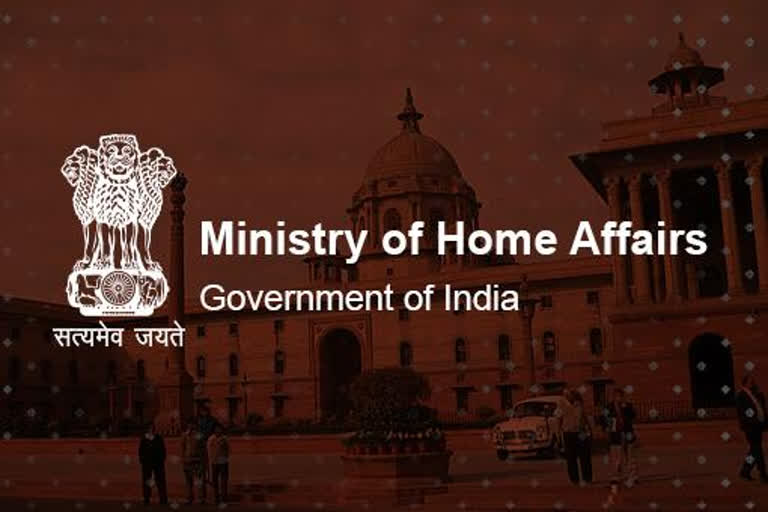New Delhi: The Union Home Ministry (MHA) has said that intelligence inputs on the activities of Left Wing Extremists (LWE) form the largest proportion of total inputs received by Multi-Agency Centre (MAC) currently, “reflecting the spread of the problem across several States.”
In a report submitted to a Parliamentary Standing Committee on Home Affairs, the ministry said that on an average, every day MAC gathers, collates, stores, shares and disseminates about 150 inputs to concerned agencies.
“Special alerts are also issued as and when called for. The inputs are broadly divided under four heads - J&K, North-East, Left Wing Extremism and Rest of India. LWE- related inputs form the largest proportion of total inputs received by MAC reflecting the spread of the problem across several States,” the MHA said.
The Ministry said that 24 x 7 control rooms have been set up at MAC at New Delhi and at the Subsidiary Multi-Agency Centres (SMACs) at the state level and at headquarters of intelligence wings of other agencies to ensure timely sharing of information and better coordination between intelligence agencies.
The Parliamentary committee in its suggestion to the Home Ministry has noted that the biggest challenge, however, is how to coordinate, create and act upon the inputs and information gathered by these agencies.
“At times, due to lack of coordination, distrust amongst the intelligence agencies, timely action to prevent terrorist incidents could not be taken,” said the committee headed by Congress MP Anand Sharma.
The Committee notes that there are multiple agencies like IB, RAW, CAPFs, Army, State agencies, etc. in India which are collecting the intelligence inputs, “this may be necessary keeping in view the size and political structure of the country.”
The Committee recommends that MHA should act as the focal point to coordinate amongst those intelligence agencies; device mechanism for collating intelligence inputs and sharing it on a real-time basis through Multi-Agency Centre (MAC) to avoid any delay in taking necessary action on the ground level.
The Committee further recommends for developing an effective mechanism to conduct validity checks on information obtained by the MAC from other agencies. “As we are living in a globalized world which is interconnected and interdependent, our intelligence agencies should strive for increased coordination and cooperation not only at District, State and Regional level but also at International level with friendly foreign counterparts in developing and sharing intelligence to mitigate and nullify threats,” the committee said.
The MAC was created in December 2001 in the aftermath of the Kargil Conflict as a platform to share, collate and analyze all intelligence relating to terrorism. It was strengthened in December 2008 following the 26/11 Mumbai terror attack.
MAC has established a comprehensive system of communication and connectivity to share and disseminate terrorism-related information and data. For this purpose, the national capital was connected with 25 central member agencies and all state capitals, the MHA said.
In the state capitals, the network links the SMAC (housed in the Subsidiary Intelligence Bureau-SIB), state police special branch, and offices of all central and other counter-terror agencies.
Accordingly, a total of 374 locations are presently on the network. In phase III, the network is being extended to 475 districts selected in consultation with state police chiefs. Out of 475 identified locations, 451 locations have been found feasible for providing connectivity, out of which 174 districts have already been connected. “When completed, the network will cover 825 locations around the country,” the Home Ministry said.
The MAC has also been designated for intelligence sharing with neighbouring countries. “MAC has been assigned as the nodal point for sharing of intelligence with Bangladesh and Myanmar. In this capacity, inputs on terrorism are regularly shared with counterparts in these countries,” the MHA said.
ALSO READ: Home Ministry mulls legal action against West Bengal IPS officers



